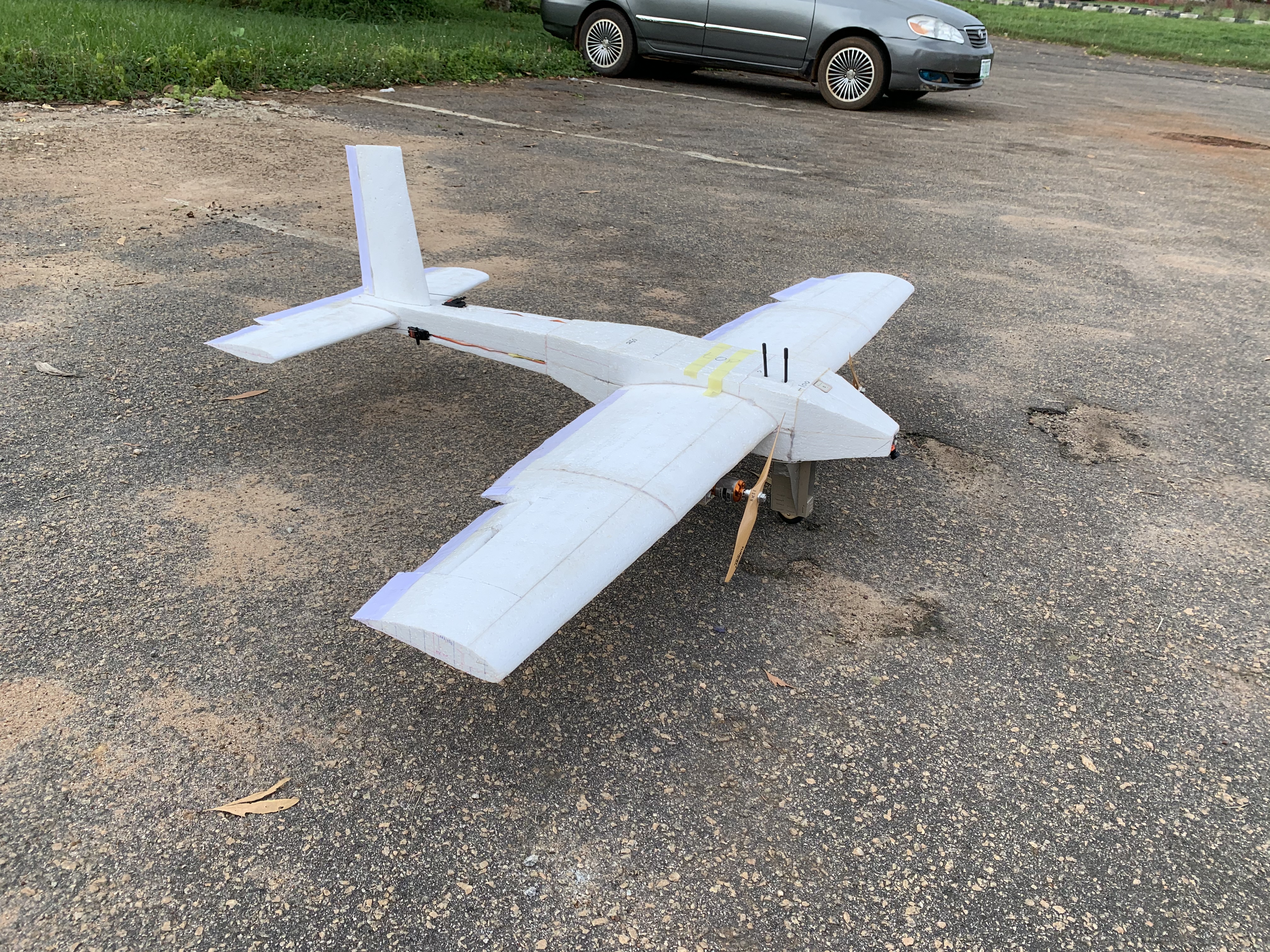4G-Controlled Surveillance Drone
Building a fixed-wing drone that can be controlled over 4G networks, allowing for remote surveillance and monitoring.

Key Features:
- Remote control over 4G/LTE networks
- Long-range surveillance capabilities
- Live video streaming and telemetry
- Custom autopilot integration
This project aimed to create a drone that can be controlled from anywhere with 4G coverage, making it ideal for surveillance tasks in remote areas. The drone is equipped with a high-definition camera for real-time video streaming and can be controlled via a custom-built ground control station.
The integration of a 4G module allows for reliable communication even in areas where traditional radio control signals may be weak or unavailable and as a proof of concept, the drone was controlled entirely from a PC, relying on its autonomous flight capacity to provide flexibility and ease of use.
Development Process
The development process involved designing the airframe, integrating the 4G communication module, and integrating software for remote control and telemetry. The drone was tested in various environments to ensure reliable connectivity and autonomous operation.
- Airframe design and assembly
- Integration of 4G/LTE module
- Ground control station software setup
- Autopilot configuration and tuning
- Field testing and validation
Software
- Mission Planner (Ground Control Station)
- QGroundControl (Alternative GCS)
- ArduPilot (Autopilot firmware)
- MAVLink (Communication protocol)
- Custom Python scripts (telemetry and control)
The communication uses Peter Burke's framework which connects the UAV to a ground computer over the internet. It uses a cloud server (AWS) to encrypt, stabilize, and coordinate all communications
Airframe Design and Assembly
The airframe was custom designed and manufactured to accommodate the 4G module and all required components. It features a lightweight structure for optimal flight performance and endurance. The assembly process involved careful integration of all hardware components to ensure stability and reliability during flight.
Materials Used
- Styrofoam for the main airframe structure
- Carbon fiber rod and balsa wood reinforcements between airframe sections
- Ethylene-vinyl acetate (EVA) bonding between airframe sections
- Aluminium and balsa wood landing gear
Design & Assembly Workflow
- Initial CAD modeling of the airframe and components
- Material selection for weight, strength, and durability
- Custom cutting and shaping of styrofoam sections
- Reinforcement of critical sections with carbon fiber rods and balsa wood
- Bonding sections using EVA adhesive for flexibility and strength
- Design and fabrication of landing gear using aluminium and balsa wood
- Test fitting and integration of electronics and 4G module
- Final assembly, balance checks, and ground testing
Gallery
